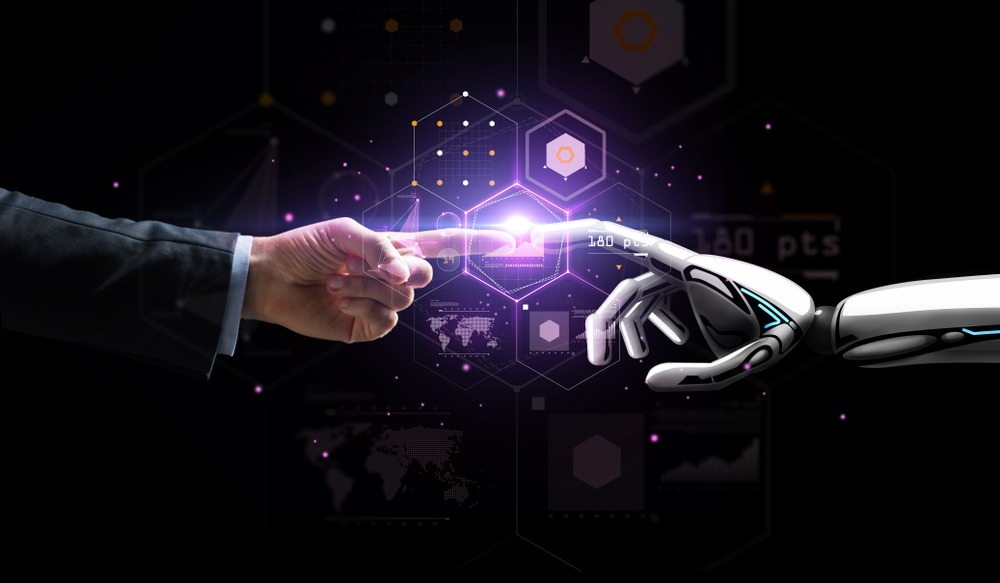
Decoding language with ai in India.
From the very beginning of life form communication has been a key factor for the survival, growth. It is an essential tool for human communication and is a vital part of our daily lives.
It has been helping us in various ways like
It allows us to communicate our thoughts, feelings, and ideas to others. It allows us to express ourselves creatively through writing, poetry, music, and other forms of art.
It is the key to learning and acquiring knowledge. It is through language that we are able to read books, watch documentaries, and attend lectures.
It is an essential part of our cultural identity. It connects us to our heritage, traditions, and history. Knowing multiple languages can open up job opportunities in various fields.
It can also enhance communication and collaboration with people from different countries and cultures.
Even if languages has a lot of benefits for overall growth still we face a lot of challenges during communication and to overtake the problem AI is helping on a large scale.
Artificial Intelligence (AI) has made remarkable progress in recent years, and one of its most exciting applications is in the field of language decoding.
AI can help us understand and decode languages faster and more accurately than ever before. In this blog, we will explore how AI is being used to decode languages and the impact it is having on language learning and translation.
Language Identification
One of the essential steps in decoding a language is identifying which language it is. AI can help in identifying the language of a text or speech sample accurately.
Machine learning algorithms can be trained on large datasets of text and speech samples in various languages.
These algorithms learn to recognize the patterns and characteristics of each language and use them to identify the language of a given text or speech sample.
This is particularly useful when dealing with multilingual datasets or when trying to identify an unknown language.
Language Translation
AI is also being used to translate languages. Machine translation has been around for several decades, but recent advances in deep learning have made it much more accurate.
Machine learning algorithms can be trained on large datasets of bilingual texts to learn the rules and patterns of language translation.
They can then be used to translate text or speech from one language to another. Google Translate, for example, uses machine learning algorithms to translate over 100 languages.
Speech Recognition
AI is also helping us to understand spoken languages. Speech recognition algorithms can recognize spoken words and phrases and transcribe them into text.
This is particularly useful for people who are hard of hearing or who speak a different language. Speech recognition technology can help in real-time communication between people who speak different languages.
Language Learning
AI is also being used to help people learn languages. Language learning apps like Duolingo and Babbel use machine learning algorithms to personalize the learning experience for each user.
These apps use AI to analyze the user’s performance and adapt the lessons accordingly. This helps users learn languages faster and more effectively.
Sentiment Analysis
AI is also being used to analyze the sentiment of text or speech samples. Sentiment analysis algorithms can analyze the tone and emotion of a given text or speech sample and determine whether it is positive, negative, or neutral.
This is useful in applications like social media monitoring, where companies can use sentiment analysis to understand how their brand is being perceived by customers.
Language Generation
AI can also generate text or speech samples in a given language. Natural Language Processing (NLP) algorithms can be used to generate text that sounds like it was written by a human.
This can be useful in applications like chatbots, where the bot needs to respond to user queries in a natural-sounding way.
Conclusion
Artificial Intelligence is transforming the way we decode and understand languages. From language identification to language generation, AI is helping us decode languages faster and more accurately than ever before.
AI-powered language translation, speech recognition, and language learning apps are making it easier for people to communicate and learn languages.
Sentiment analysis algorithms are helping companies understand how their brand is being perceived by customers. As AI continues to advance, we can expect even more exciting developments in the field of language decoding.


